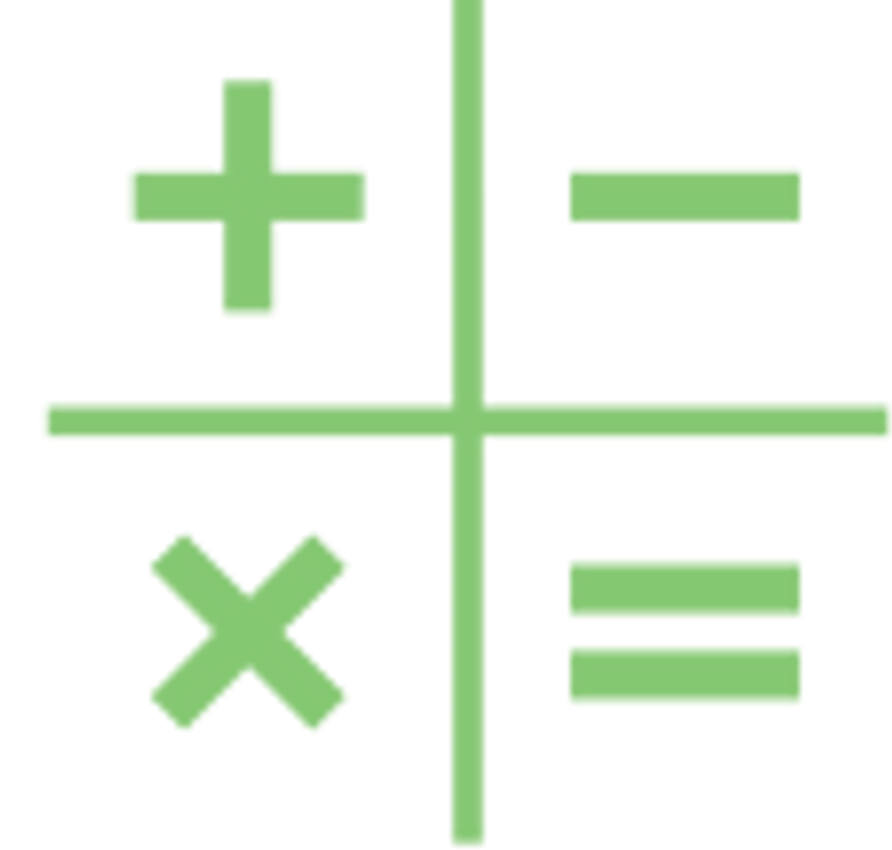Section 40A(3) of the Income Tax Act
- ayush kumar
- Dec 12, 2024
- 3 min read

If you’ve made a payment exceeding ₹10,000 to a single person in a single day, it’s crucial to understand Section 40A(3) of the Income Tax Act. This provision applies to both single and multiple payments exceeding ₹10,000 in a single day unless the payment is made through specific modes like an account payee cheque, electronic clearing system (ECS), or a bank draft. In such cases, Section 40A(3) does not apply.
Let’s explore the details of Section 40A(3) and its related subsections.
What is Section 40A(3) of the Income Tax Act?
Section 40A(3) is designed to prevent tax evasion by curbing non-digital or cash transactions above ₹10,000 in a single day. Under this provision:
Disallowance of Expenses: Any expenditure exceeding ₹10,000 made through non-digital means cannot be claimed as a tax-deductible expense.
Purpose: This encourages transparency in business transactions and supports the government’s Digital India initiative.
Understanding Section 40A and Its Subsections
Section 40A governs expenses and payments related to profits and gains from business or profession. Here’s a breakdown of its key subsections:
1. Section 40A(1)
This is an overriding clause, meaning it takes precedence when there are overlaps between different subsections of Section 40A.
2. Section 40A(2)
This subsection addresses payments made to closely related individuals or entities, ensuring they are reasonable and not excessive.
Section 40A(2)(a):
Disallows excessive or unreasonable payments made to related parties to prevent misuse of tax deductions.
Section 40A(2)(b):
Specifies the list of related parties, including:
Relatives of individuals.
Directors, partners, and their relatives in companies or firms.
Members of Hindu Undivided Families (HUF) and their relatives.
Additionally, it applies to individuals or entities with a substantial interest in the assessee’s business or profession, defined as:
Owning at least 20% of voting power in a company.
Having a 20% share in profits of a business or profession.
3. Section 40A(3)
Section 40A(3) focuses on discouraging cash transactions. Key points include:
Non-Digital Payments: Payments above ₹10,000 made in cash in a single day are disallowed as business expenses.
Exceptions Under Rule 6DD: Specific situations such as payments in areas with no banking facilities or payments to government institutions are exempt from this rule.
Section 40A(3A):
If the expenditure was incurred in the previous financial year and paid in the current year through non-digital means, it will also be disallowed.
4. Section 40A(9)
This subsection encourages employers to contribute to employees' welfare funds like provident funds, gratuity funds, and superannuation funds. However, it restricts deductions for contributions to entities not registered under the Societies Registration Act, 1860.
5. Section 40A(IA)
Under this provision:
Expenses involving non-deduction or non-payment of Tax Deducted at Source (TDS) by the payer are disallowed for tax deduction claims.
Benefits and Implications of Section 40A(3)
Encourages Digital Payments: Supports the government’s goal of reducing cash transactions and increasing financial transparency.
Prevents Tax Evasion: Ensures that all high-value transactions are traceable and recorded.
Comprehensive Exceptions: Certain exemptions under Rule 6DD provide relief in genuine cases.
Conclusion
Section 40A(3) of the Income Tax Act plays a pivotal role in promoting digital transactions and curbing tax evasion. While the law offers flexibility through exemptions and deductions, it also imposes stringent measures to discourage misuse of cash transactions. Understanding this section and its subsections helps taxpayers comply with regulations and avoid disallowances in tax claims.




Commentaires